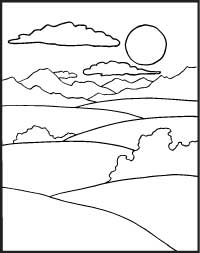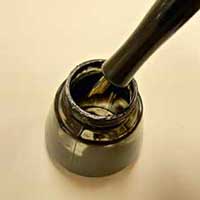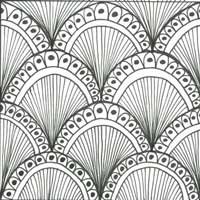
We are going to apply some patterns onto this simple landscape template.
First of all…. Why are we doing it? What is exactly the purpose of this exercise?
Well, the first reason is obvious - working with patterns and repetition principle.
In spite of it sounding simple, there is a process and steps that need to be learned while doing that.
The patterns we are going to work with are both grid-based and free-form.
We will also learn to work with pattern VALUES.
Each graphic element has its own VISUAL WEIGHT, that is based on both VALUE and intricacy of the design.
You will learn to manipulate and bend patterns to create an illusion of depth.
Working with intricate designs boosts your creativity, develops better eye-hand coordination, improves drawing skills.
And, of course, it is still very relaxing. No wonder this technique is called zen-patterns.
Learning objectives:
- Repetition & pattern
- Pattern value
- Visual weight
- Manipulate patterns to create an illusion of depth
- Pen & Ink drawing skills
- Creative thinking
- Note: Pen can be substituted with an extra-fine point black marker.






